Why Embedded AI Is the Future: A Career Path for Engineers, Coders & Innovators
In today’s AI-driven world, we hear a lot about chatbots, recommendation engines, and cloud-powered tools. These are all part of what we call Traditional AI—systems that rely on massive infrastructure and powerful computing resources hosted on the cloud. But there’s a new, emerging alternative that’s faster, leaner, and smarter for edge applications: Embedded AI.
🧠 What is Traditional AI?
Traditional AI refers to high-performance artificial intelligence that runs on powerful servers—typically in cloud data centers. These systems are great for analyzing big data, generating insights, and powering large-scale enterprise solutions.
Examples of Traditional AI Applications:
- Virtual assistants like Siri, Alexa, or Google Assistant
- Search engines and recommendation systems (e.g., YouTube, Netflix)
- Fraud detection systems used by banks
- AI-powered cloud-based medical diagnostics
Key Characteristics of Traditional AI:
| Feature | Description |
| 🧠 Model Complexity | Uses large machine learning or deep learning models (e.g., GPT, CNNs, RNNs) |
| 💾 Data Usage | Requires large volumes of data for training and inference |
| ☁️ Execution Platform | Runs mostly on cloud servers, GPUs, or high-end CPUs |
| 🌐 Connectivity | Often needs internet access to communicate with the cloud |
| ⚡ Power Consumption | High, because of resource-intensive computations |
| ⏱️ Latency | Higher latency due to data transmission and processing delays |
| 🧑💻 Application Areas | Natural Language Processing (NLP), computer vision, finance, healthcare, recommendation systems |
While powerful, traditional AI has limitations for real-time, offline, or power-constrained applications. That’s where Embedded AI comes in.
🔍 What is Embedded AI?
Embedded AI is the combination of electronics, software, and AI running on small, resource-limited hardware such as microcontrollers. Unlike traditional AI systems that depend on cloud servers for processing, Embedded AI enables local intelligence—allowing devices to think, learn, and act without internet or cloud access.
🧩 Real-World Applications of Embedded AI
Embedded AI is no longer a concept of the future — it’s already powering the intelligent devices all around us. From smart homes to industrial automation, here are some of the most impactful and current applications of Embedded AI today:
- Smart Cameras & Appliances: Face detection, voice control, and personalized suggestions.
- Wearables & Health Monitors: Track health vitals, detect falls, and monitor sleep patterns.
- Industrial Automation: Predictive maintenance, quality checks, and smart energy metering.
- ADAS & Smart Vehicles: Lane assist, collision detection, and AI-powered dashcams.
- Drones & Surveillance: Real-time obstacle avoidance and intelligent mapping.
- Smart Homes & IoT: AI security systems, energy optimization, and leak detection.
- Agritech: Smart irrigation, disease detection in crops, and autonomous monitoring.
- Retail & POS: Smart vending, fraud detection, and inventory tracking robots.
💡 Why Do We Need Embedded AI?
Embedded AI solves several critical issues posed by traditional cloud-based AI:
| Feature | Description |
| 💡 Local Intelligence | AI runs on the device itself, not in the cloud |
| ⚙️ Hardware Used | Microcontrollers (e.g., STM32), NPUs, DSPs, SoCs |
| ⚡ Low Power | Designed for low energy consumption, ideal for battery-powered devices |
| ⏱️ Real-Time Response | Fast decision-making without internet delays |
| 🧩 Compact Models | Uses TinyML, quantized and optimized models |
| 🔒 Privacy Friendly | Keeps data on-device, enhancing security |
| 🌐 Connectivity Optional | Works offline or intermittently connected |
🧠 What Makes Embedded AI Possible?
🧩 Key Components:
Foundations of coding and software tools.
Microcontrollers and sensor integration.
TinyML and edge intelligence systems.
💻 Software
Core Topics:
- Programming Languages – C, C++, Python for embedded and general-purpose development
- Development Tools – STM32CubeIDE, Arduino IDE, and Visual Studio Code
- Version Control – Git and GitHub for managing collaborative projects
🔌Electronics
Key Concepts:
- Microcontrollers – STM32, ESP32, Arduino, and more
- Sensors & Actuators – Interfacing with real-world inputs and outputs
- Communication Protocols – I2C, SPI, UART for hardware integration
🤖 AI
Embedded AI Overview:
- TinyML enables machine learning on microcontrollers with minimal resources
- TensorFlow Lite for Microcontrollers – Lightweight ML runtime for constrained devices
- STM32Cube.AI – Converts neural network models into optimized embedded code
Embedded AI is where software meets electronics and AI—a perfect blend of disciplines.
⚖️ Embedded AI vs Traditional AI
| 🔴 Traditional AI Problems | 🟢 How Embedded AI Solves It |
| ❗ High latency (due to cloud dependency) | ✅ Runs locally on devices (real-time response) |
| ❗ Requires constant internet connectivity | ✅ Works offline — ideal for remote or mobile use |
| ❗ High power consumption (GPU/CPU-heavy) | ✅ Optimized for low-power microcontrollers (e.g., STM32) |
| ❗ Privacy issues (data sent to cloud) | ✅ Local inference means data stays on device |
| ❗ Not suitable for real-time control (e.g., robotics, cars) | ✅ Real-time decisions using embedded AI chips |
| ❗ Expensive hardware required | ✅ Uses low-cost, efficient MCUs and NPUs |
🚀 Career Opportunities in Embedded AI
If you’re a student, fresher, or a professional with a passion for both coding and hardware, Embedded AI is a game-changing career path. Here’s why:
✅ Rare and Valuable Skillset
You’ll master both low-level embedded systems (e.g., STM32, C) and high-level AI (e.g., ML, TinyML).
🌐 High Industry Demand
Used in:
- IoT Devices (Smart homes, Smart cities)
- Automotive (ADAS, EVs)
- Industry 4.0 (Robotics, predictive maintenance)
- Healthcare (Wearables)
- Agriculture (AI-powered drones)
🔄 Cross-Domain Roles
- Embedded Software Developer
- AI/ML Engineer
- Firmware Developer
- Robotics Engineer
- AIoT Product Designer
🔮 Future-Proof Your Career
Embedded AI intersects with AI, IoT, and 5G—three massive future tech waves.
🏢 Top Companies Hiring in Embedded AI
Global Tech Giants:
- NVIDIA (Jetson edge AI)
- Intel (Movidius, OpenVINO)
- Qualcomm (Snapdragon NPE)
- STMicroelectronics (STM32 with AI)
- NXP, Texas Instruments, ARM
These companies are investing heavily in edge computing and AI hardware—the backbone of Embedded AI.
🧑💻 Who Can Learn Embedded AI?
🚫 Myth: Only ECE/EEE students can build careers in Embedded AI
✅ Reality: Embedded AI is a cross-disciplinary field:
- Software (CSE, IT)
- Electronics (ECE, EEE)
- AI/ML (Any branch)
If you love problem-solving, coding, or building smart systems, this path is for you.
🎓 Learn Embedded AI with Kernel Masters
If you’re looking for a practical, job-ready course in Embedded AI, Kernel Masters stands out with:
- Expert Instruction: 20+ years of experience from Kishore Kumar Sir.
- Industrial Syllabus: Covers embedded C, STM32, ARM, and AI tools.
- Hands-on Projects: Build real products like smart attendance systems and gateways.
- Personal Attention: One-on-one support, performance tracking.
- Placement Support: End-to-end career support—regardless of degree, marks, or batch.
📈 Conclusion
Embedded AI isn’t just the future—it’s the now for smart, scalable, and efficient AI solutions. Whether you’re an engineer, coder, or AI enthusiast, this is a path where hardware meets intelligence—and careers take off.
If you’re serious about building a future in tech, start with Embedded AI. 🌍💡

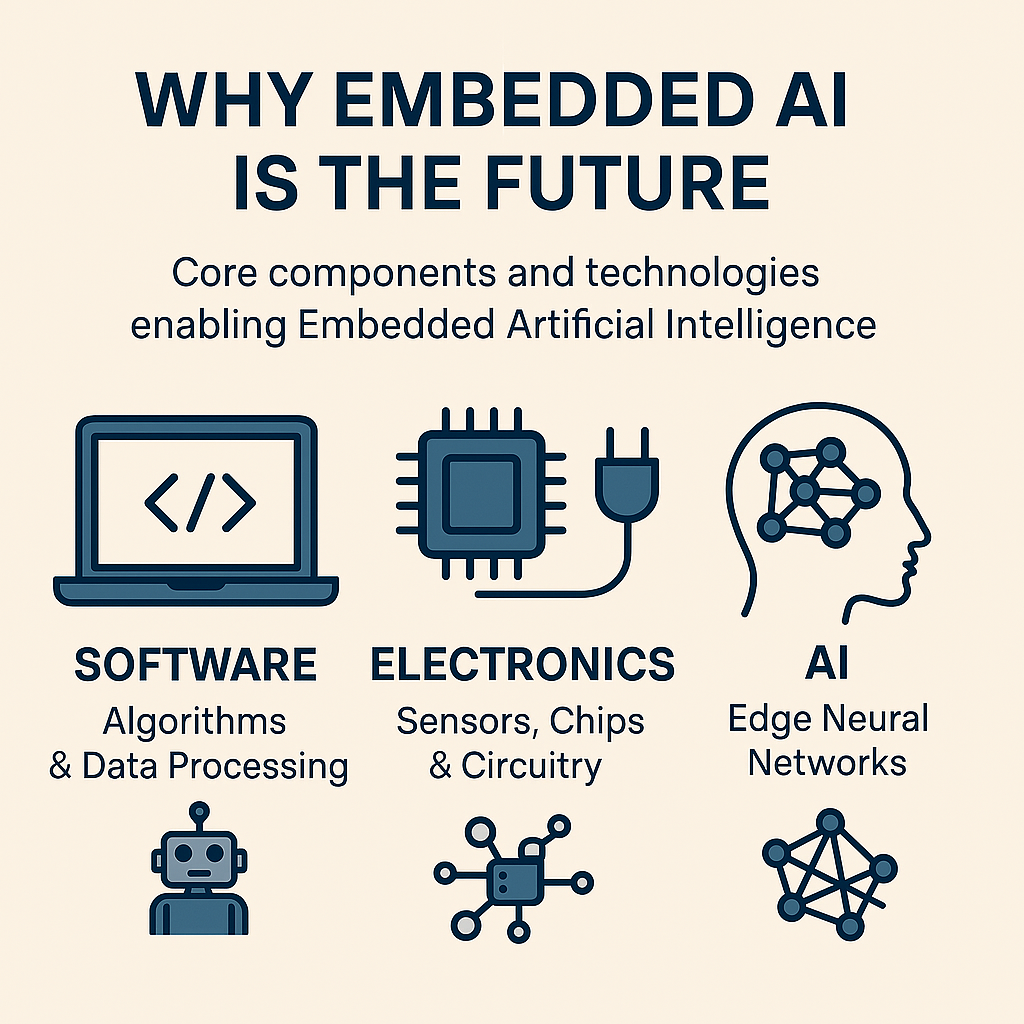




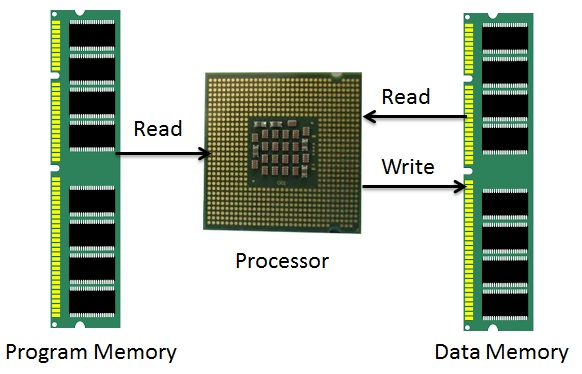
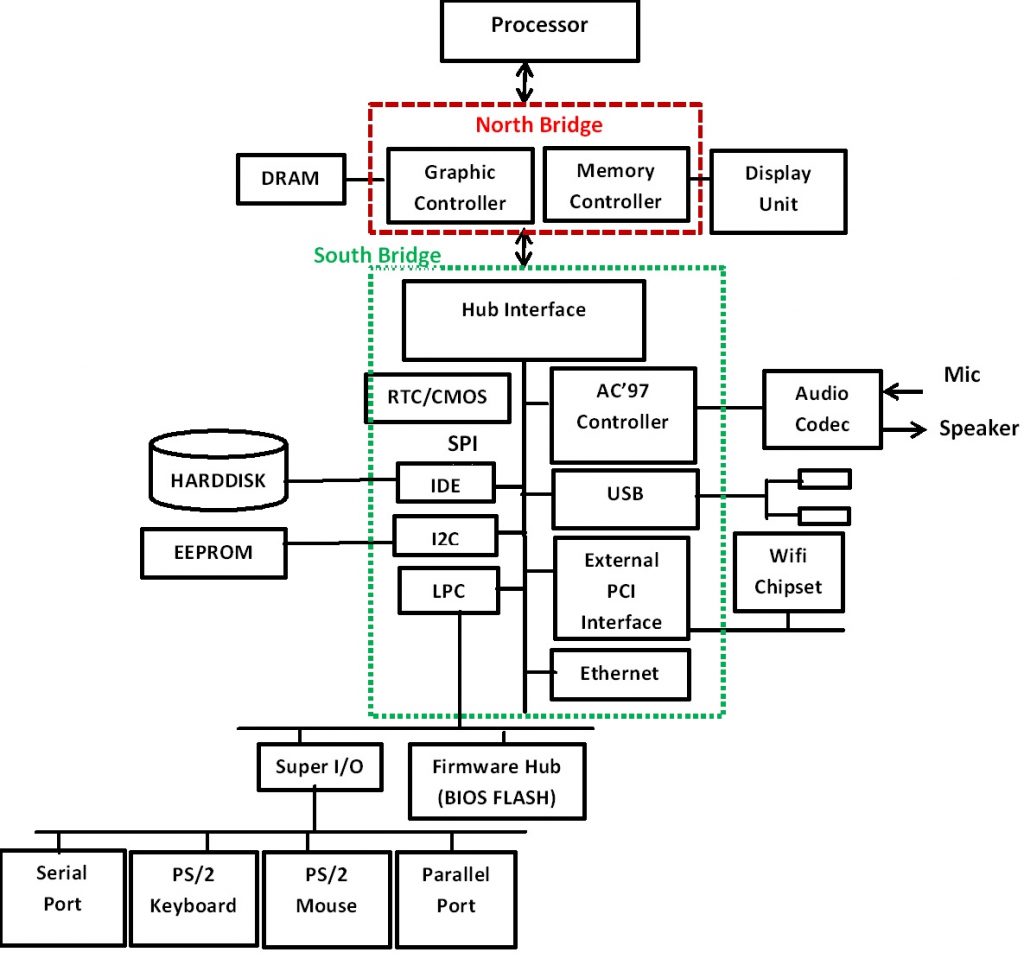
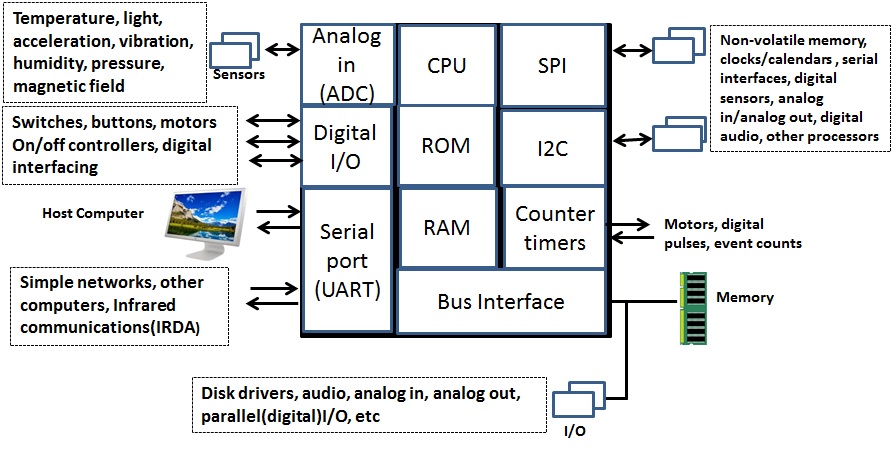
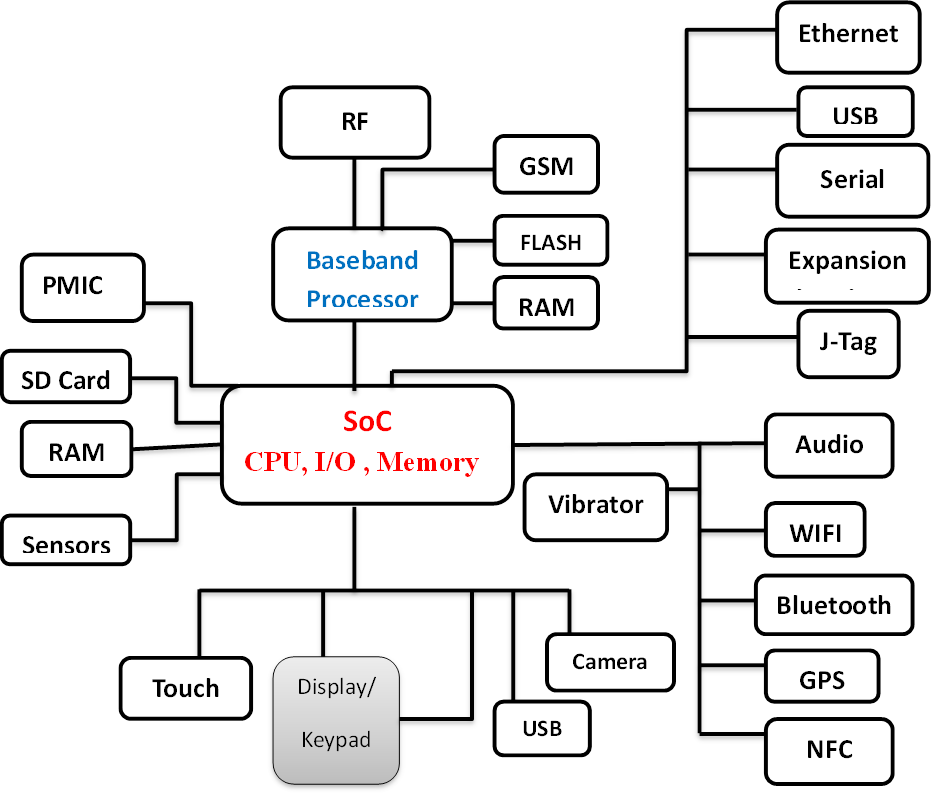
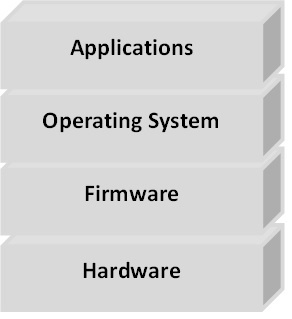




 Launching Most-Awaited Embedded AI & IoT Software Developer
Launching Most-Awaited Embedded AI & IoT Software Developer